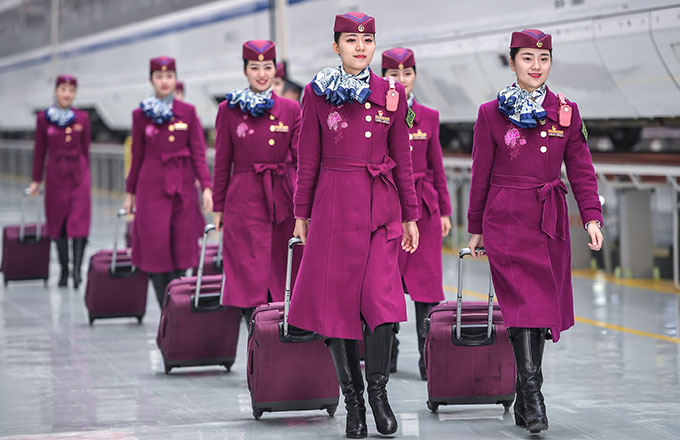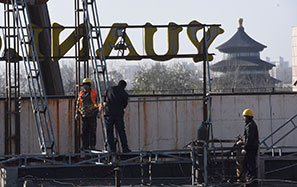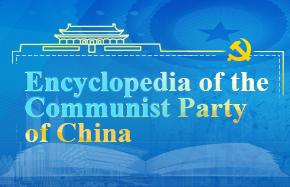Supply-side reform good recipe for fixing economy
Companies should improve competitiveness and branding to reduce reliance on expensive overseas brands
China's economy has entered a new normal of slower economic growth, and it's encountering some challenges, including relatively low competitiveness of Chinese companies and overcapacity in some industrial sectors.
The world economy, led by developed countries, has entered its own new normal phase in which it's difficult even for developed economies to recover. This has had an impact on China's exports.
Protectionism is edging back into some countries, as multilateral cooperation - as envisioned by the Trans-Pacific Partnership, for example - is replaced with a more closed pattern of bilateral trade and investment mechanisms.
To adapt to these new realities, the key for China is to revitalize its existing assets and make the best use of profitable incremental assets. The way forward includes the following:
First, China needs more high-quality talent to replace low-cost labor
Second, adopt a strategy of globalization as a primary driver of economic growth, replacing the old way of bringing in foreign investment
Third, increase the efficiency of resource allocation, replacing the old model of using policy tools to support companies through price supports and tax subsidies.
In this way, China could use the mechanisms of fair competition in the market to push Chinese companies to improve their own competitiveness and branding, which would naturally reduce their cost of buying overseas brands and technology at high prices, and could also effectively solve related problems.
To realize that, the key is to deepen the supply-side structural reform in China. This includes six aspects:
First, streamline administration and delegate power to lower levels, and mobilize the vitality of market players. When the market fails to function well, government should improve regulations and systems to ensure fair competition in the market and deal with fluctuations.
Second, vigorously push forward the reform of state-owned enterprises to create an environment that encourages innovation and entrepreneurship. SOEs should say goodbye to the environment in which they could depend on low-cost labor, the spillover effect brought by foreign investment, price subsidies and the special competitive status the government has given them.
Third, speed up the reform of China's fiscal and tax system, changing resource allocation, which feeds less into the real economy than into other sectors, such as finance. The government should consider coming up with property tax with the right timing, adjust tax rates of transactions involving financial assets, etc.
For emerging companies and companies that are environmentally friendly, taxes could be reduced.
Fourth, speed up the reform of China's financial system and banking system, to increase banks' and financial institutions' ability to serve the real economy, and to increase the ability to prevent financial crises.
Fifth, make more contributions toward improving people's livelihoods, especially in the reform of the pension system, the healthcare system and the fair allocation of education resources.
Sixth, during the structural reform, China needs to ensure that policies are compatible with reality and flexible in case they bring on unintended consequences. This requires China to have a good understanding of the complicated economic situation, both in China and globally.
Industrial policies should avoid having all companies invest in the same industry or sector. Companies should have the flexibility to set a course in line with future economic development.
At the micro level, market regulation should be loosened, while enhancing supervision, to create a market environment in which the fittest survive. Policies should also be targeted to improve investment in the markets and strengthen consumers' willingness to spend.
China needs to have accurate industrial policies that encourage innovation and improve people's livelihoods, and also flexible policies that push forward the transformation and upgrading of companies.
It needs carry out every reform policy in every link of supply-side reform, which is key to the quality and sustainability of the country's future economic development.
Moreover, it should also be prepared for negative influences brought by black swan events that may take place in the world.
The author is director of the Financial Research Center at Fudan University. The views do not necessarily reflect those of China Daily.
























